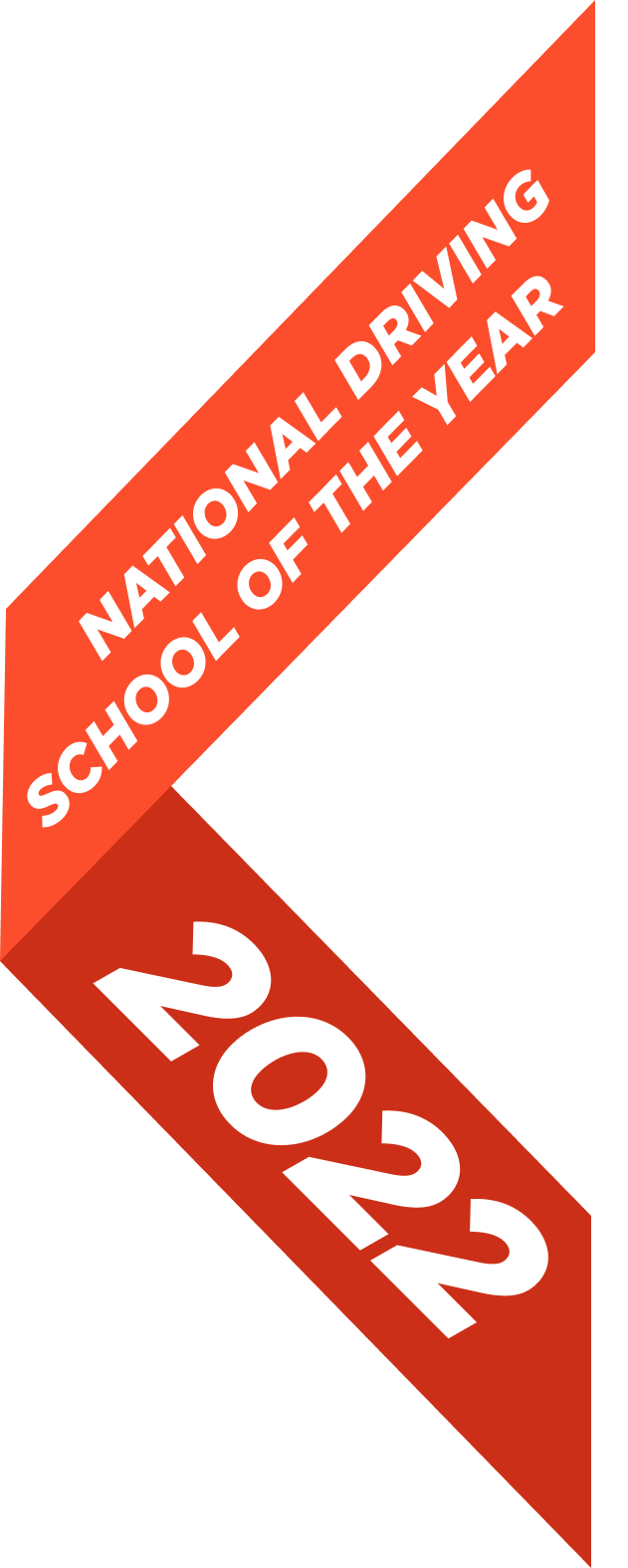Government takes action against drug drivers
Alcohol and drugs contribute to the shocking figures I mentioned in my first blog post on road safety.
We are anticipating a government announcement today that they plan to install a device at every police station across the country within two years, which can detect if motorists have been driving with illegal drugs in their system.
A sixth of all drivers who are killed in road traffic crashes have illegal drugs in their blood and, in a sixth of all people who die on our roads, alcohol has been a factor.
I’d like to cover off some facts about drink and drug driving in this blog post.
Alcohol – the facts
Your reactions are slowed after just one drink. With your brain working less efficiently, speed and distance are difficult to judge, decision making is affected, and over confidence and risk-taking are increased.
Calculating your alcohol limit is virtually impossible because there are so many variable factors, such as age, weight, sex, tolerance to alcohol, metabolic rate, whether you are tired or unwell and when you last ate.

Photo by Tim Dobson
One drink may contain in excess of one unit of alcohol and it takes hours for alcohol to leave your system. Many drunk drivers are caught the ‘morning after the night before’.
People who drive over twice the legal alcohol limit are 50 times more likely to be involved in a fatal car crash. If you do not drive sober you risk up to 14 years imprisonment should you be convicted of causing death by dangerous driving, under the influence of drink or drugs.
Drivers are routinely breath tested after crashes, even if not at fault, and if convicted, drivers risk imprisonment for up to six months and fines of up to £5000.
More than a million breath tests are conducted each year. At the least driving under the influence is idiotic and could mean you end up in prison, maimed or dead. You risk losing your licence, your job and your friends; most people do not respect and do not want the association with drunk drivers.
Drugs – the facts
The effect of drug use on drivers can be devastating to other road users, the driver’s family and friends.
Young drivers are mixing small quantities of alcohol and small amounts of recreational drugs with devastating results.
There are a variety of effects on the user, depending on what has been taken and in what cocktail. Many of these will impact on a driver and have one or several of the following effects:

Photo by BarelyFitz
- Slower reaction times
- Poor concentration
- Sleepiness or fatigue
- Confused thinking
- Distorted perception
- Over confidence leading to the taking of unnecessary risks
- Impaired co-ordination
- Erratic behaviour
- Nausea
- Hallucinations
- Blurred vision and abnormal pupil dilation
- Aggression
- Panic attacks and paranoia
- Tremors
- Dizziness
- Cramps
There is now an effective road side saliva test for some drugs. Some drugs can remain in the system for weeks after use. Police can conduct a Field Impairment Test, which requires a person to undertake a series of divided attention tasks to establish if the driver is impaired. Abnormal pupil dilation will be a fairly certain indication to a trained observer.
The court tariffs are very similar to those for convicted drunk drivers with similar social consequences.
Imagine what you would say to the family and friends of someone you were responsible for killing or maiming while driving under the influence of drink or drugs.
Now think to yourself, is it really worth it?
The message is simple: don’t drink and drive or take drugs and drive.

Photo by PinkMoose
Andy Milne
Road Safety Officer, RED Driving School




